- Joined
- Nov 16, 2012
- Messages
- 5,596
Made a couple involute tooth miter gears. It's outlined here. https://www.hobby-machinist.com/threads/miter-gear-cutting.69779/
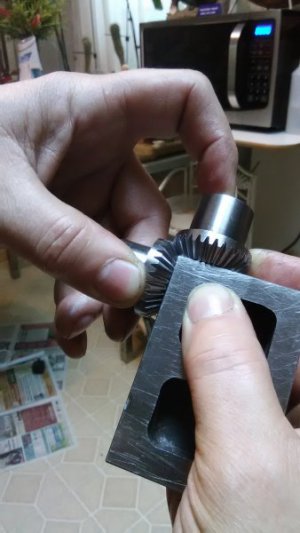
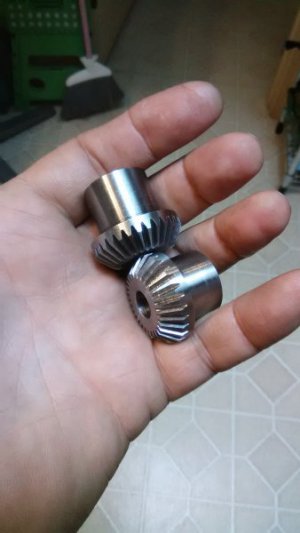
Ray


Ray


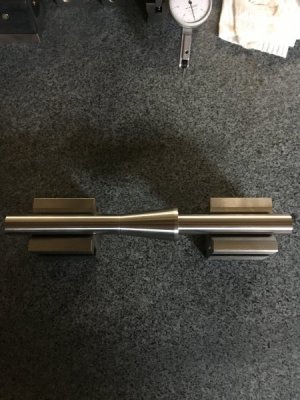
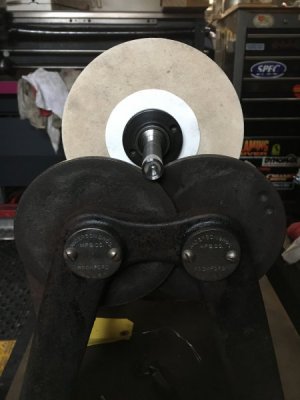
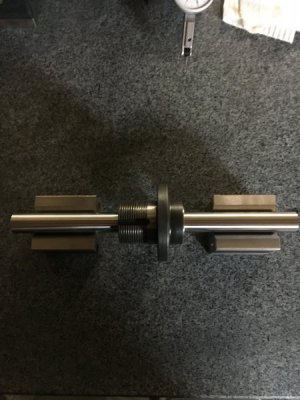
I wish I can say I did this in a day. I only get a hour or two maybe a day. This is my first arbor of this precision. I did between centers. I found planning out ever step of the process needs to be well thought out. I won't get into the mistakes. dialing in the taper took awhile because I cut a test piece and blued a hub. I adjusted till it was near perfect. The taper is nice and tight and I feel theirs no need for mounting nut on arbor. When hub is mounted there is zero runout on wheel mounting surface. Flange of hub has .0002 of wobble. I think that should be ok ?View attachment 267790
I've read that balancing a wheel under 8" is not necessary. I received a Anderson static balancer about two years ago from a friend that got it from a uncle that passed and he knew it was for machinist so he had given to me. I really had no specific uses for it but I knew what it was. After I bought my surface grinder it was all coming together. Now I have a real use for this puppy.
View attachment 267792
+1 on the value of Scotch-brite wheels! I had a 1" belt/5" disk sander in each of my shops (Oregon and Arizona) and converted both of the disk sanders to hold Scotch-brites. I've probably used them more than any other tool in the shop - cleaned/polished up both lathe and mill projects, as well as derustification of raw materials, etc.By the way, really like those Scotch-brite wheels on a grinder. I have them in difference “grits”, the fine bring out a really nice finish in a few seconds.
I've recently (re)discovered "marine grade" heat shrink. It's standard heat shrink tubing with a thin coating of hot melt glue inside. During the shrink process, the hot melt liquefies and seals off ANY gaps. When cool, it very positively prevents water intrusion. Sort of "gilding the lily" over and above your method. But really good insurance.<snip>
If I am splicing two wires together, I will strip about 3/4" -1" of insulation and slop a 2" length of heat shrink over one wire. I then tightly twist the two wires together with the two ends facing each other, working the twist to compact and smooth it and trimming any excess wire. I then solder the splice, tape it with electrical tap, and slide the heat shrink over the splice to lock the tape.
<snip>
In more than thirty years, I have never had a soldered trailer connection fail. This includes multiple boat trailers where the connections are immersed in water.
In my field corrosion to electrical connections is a major problem. I only use crimps with the heat shrink already installed on crimp. My supplier has crimps that have Di electric grease inside shrink which is just another way combating corrosion.I've recently (re)discovered "marine grade" heat shrink. It's standard heat shrink tubing with a thin coating of hot melt glue inside. During the shrink process, the hot melt liquefies and seals off ANY gaps. When cool, it very positively prevents water intrusion. Sort of "gilding the lily" over and above your method. But really good insurance.
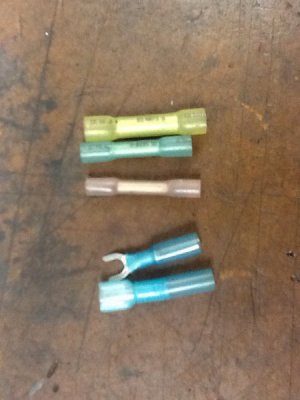

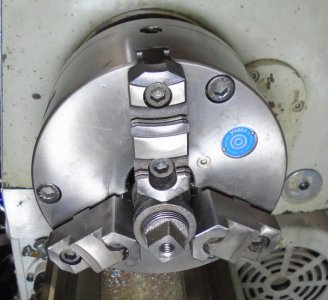
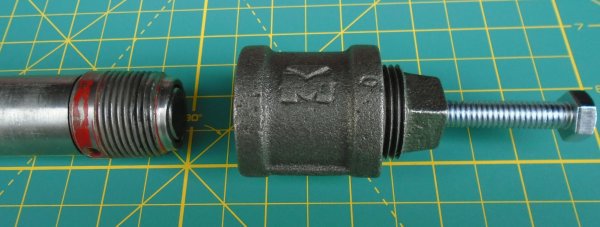
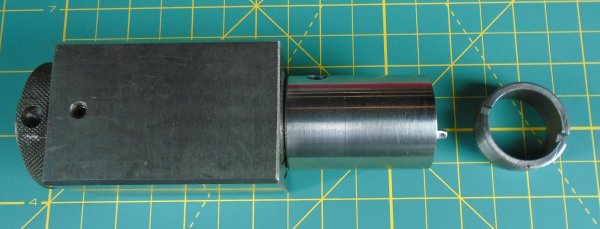
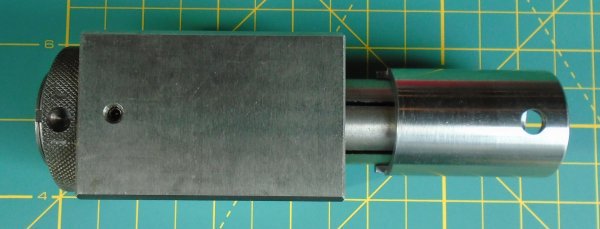

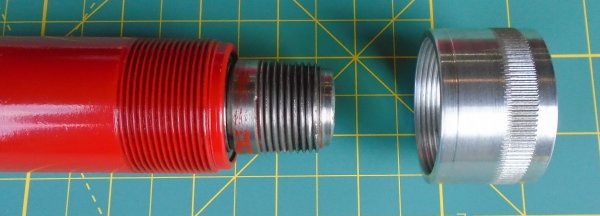
 I'll have to try to figure out how to use this knurler with more consistent results. I suspect that tightening the hinge action may help but, we'll see.
I'll have to try to figure out how to use this knurler with more consistent results. I suspect that tightening the hinge action may help but, we'll see.

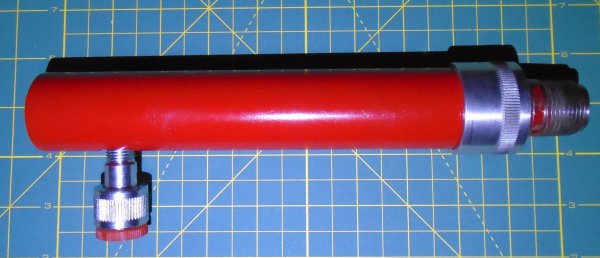
I bought an assortment of that type of heat shrink a few decades back. It was a collection of different sizes up to 1/2" in 4" lengths. It worked OK but as I recall, it was fairly expensive and not easily found.I've recently (re)discovered "marine grade" heat shrink. It's standard heat shrink tubing with a thin coating of hot melt glue inside. During the shrink process, the hot melt liquefies and seals off ANY gaps. When cool, it very positively prevents water intrusion. Sort of "gilding the lily" over and above your method. But really good insurance.
